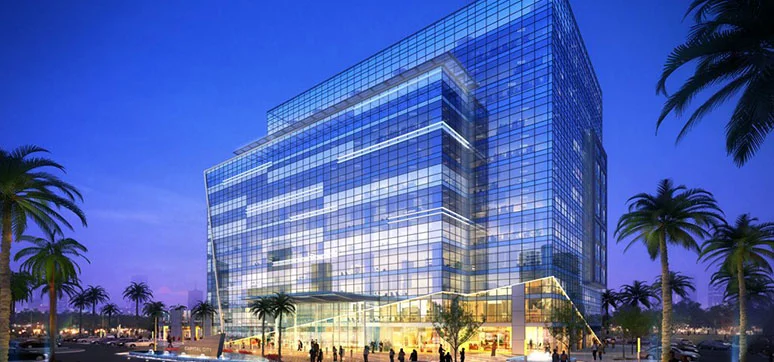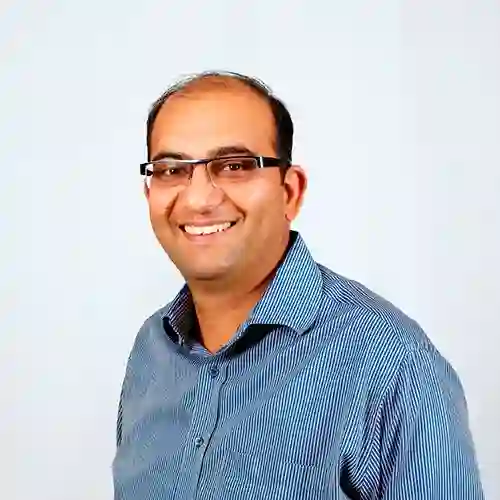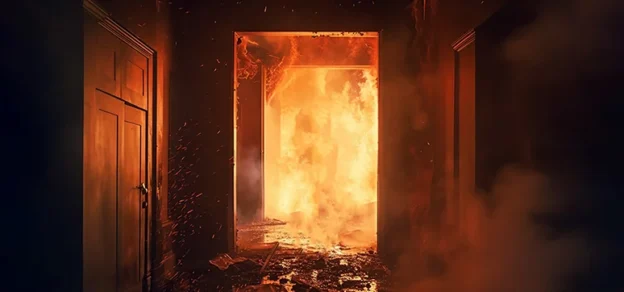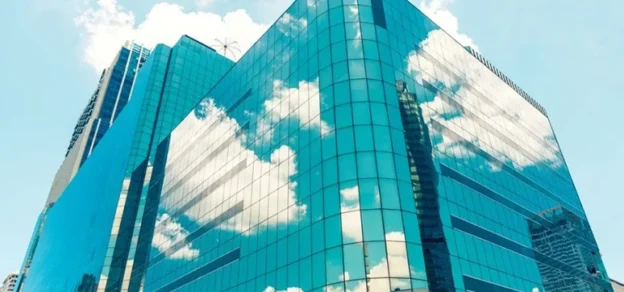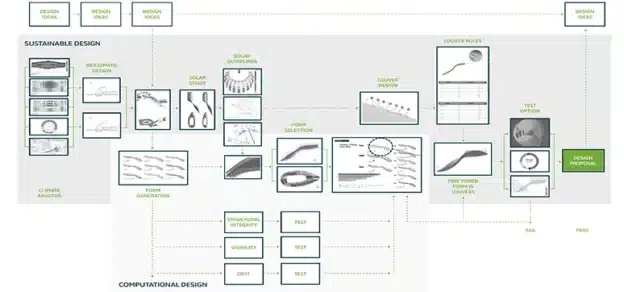The Facade Access system plays a very important role in keeping the facade timeless. A lot of architects and designers are experimenting with symbolising forms and complex patterns while designing facades. The overall facade pattern appears complex from a distance but is actually a simple module repeated and is made more interesting with the use of fritting patterns. Rohit Mohan, Head of Design, Emaar MGF Land Ltd talks about the evolving trends in façade designs.
The facade of a building has remained undoubtedly the most important from the perspective of both the designers as well as the developers, as it sets the first impression of the building.
Facade design is responsive to the geographical location, building use, social aspects, safety concerns, sustainability concerns, availability and cost of technology. Facade design and engineering combine attributes of aesthetics and performance, unlike any other building system.
Environmental Concerns
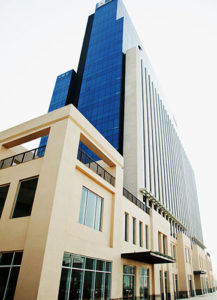
In order to further strengthen our sustainability goals we need to look for newer technologies and move towards intelligent facade systems. The world is moving towards dynamic facades; the automated metal louvers, interstitial louvers, and adaptive fritting responds to the sunlight requirement and helps minimize both lighting and HVAC loads.
With the abundance of solar energy in our country, there is a huge potential that lies in harnessing solar power through the integration of photovoltaic panels in the building facade. The generated electricity can be transmitted to the main grid or be used for the project’s own consumption. The regulatory environment in the country needs to be favourable and incentive-based rather than mandatory in order to make harnessing solar energy feasible for the developers.
New Trends & Challenges
Facade Design – A lot of architects and designers are experimenting with symbolising forms and complex patterns. The overall facade pattern appears complex from a distance but is actually a simple module repeated and is made more interesting with the use of fritting patterns. Evolution in the field of fritting is Adaptive fritting, which is an integrated glass unit with a custom moveable graphic pattern that can modulate its transparency to control transmitted light, solar gain, privacy, and views. While conventional fritting relies on a fixed pattern, Adaptive Fritting can control its transparency and modulate between opaque and transparent states. In the past few years, Facade lighting design has also gained importance and is used to modernise and iconize important buildings.

New Materials – Today we need a lot more than just the traditional stone, glass and aluminium composite panels for the building facades. We need new products keeping Indian climate, dust, humidity and low maintenance in mind. There is an advent of products available such as high-pressure laminates, acrylic, zinc, copper and steel. However, these materials are still in the experimental stage and are not recommended by many Architects in our climatic conditions.
Maintenance – The facade Access system plays a very important role in keeping the facade timeless. An appropriate facade access system needs to be planned right at the concept stage such that the anchors or structures required for the system such as BMUs, monorail etc can be integrated with the facade design and does not project out.
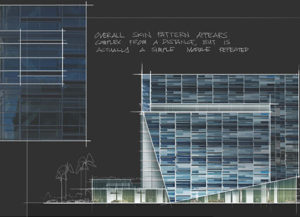
Safety & Value engineering – Performance testing of the facade systems at the design stage itself is still not very common in our country but is of paramount importance, for two reasons – firstly, to ascertain the system behaviour under weather, structural & seismic conditions and to demonstrate the integrity of the building envelope before construction; and secondly, to avoid overdesign of the system in absence of performance testing during the design stage. However, in our country, we have very few facade performance testing laboratories which leaves no scope for value engineering and system optimization.

A lot of these issues discussed here such as sustainable strategies, the correct choice of materials, appropriate detailing, workmanship and maintenance can be addressed to a reasonable extent with joint efforts from owners, architects, facade engineers and good project management practices. However, there’s still a lot more research required to be done in the field of newer materials and technologies while maintaining cost-effectiveness and project viability.
Note: The views of the spokesperson are personal.
